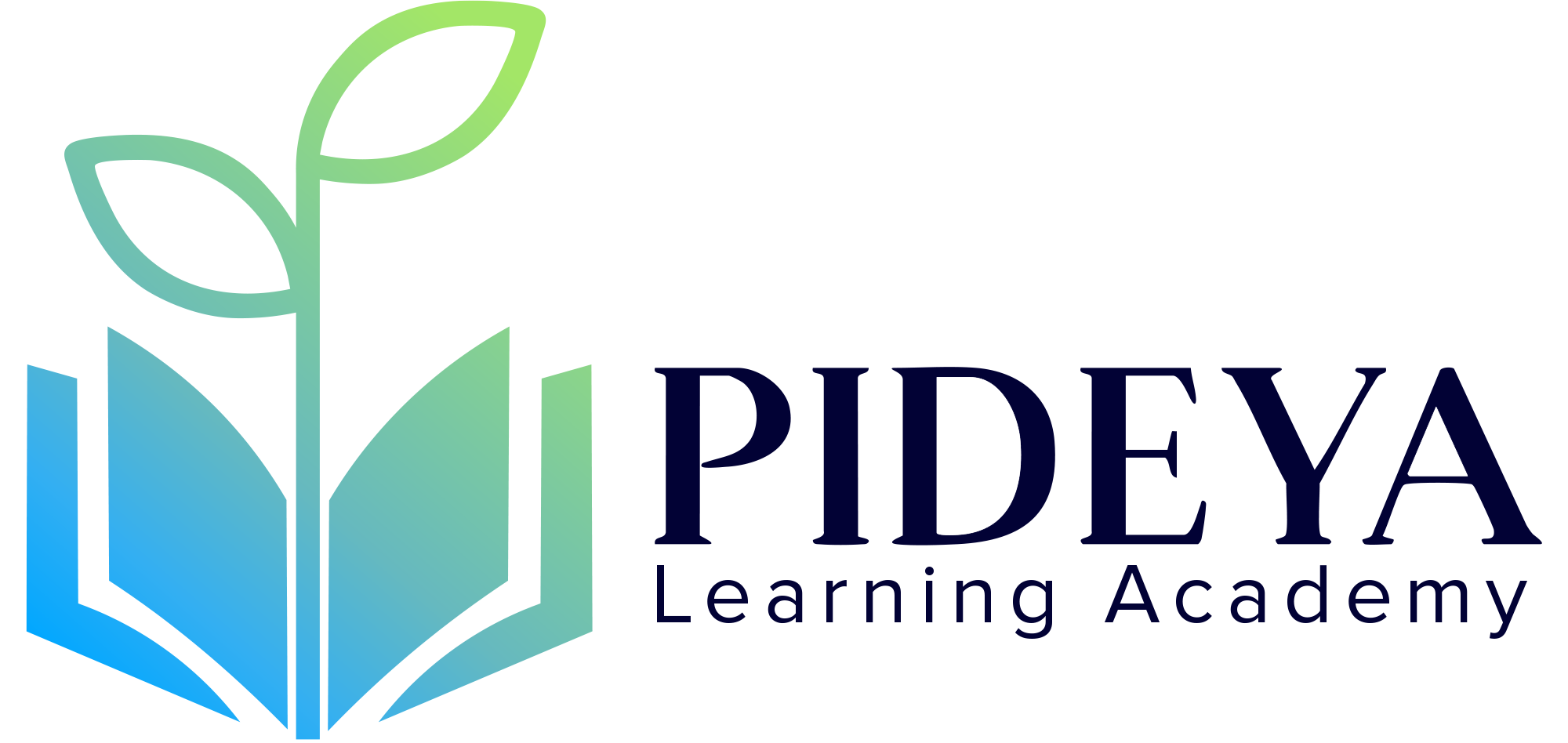In today’s business climate, where uncertainty is the new normal, organizations can no longer afford to treat risk management and strategic planning as separate functions. Risk-aligned strategy—where risk insights actively inform and shape strategic decisions—is fast becoming the defining factor of resilient and high-performing organizations.
Yet, many companies still struggle to integrate risk into their strategy processes, resulting in misaligned priorities, resource wastage, and missed opportunities.
So, how can you ensure your strategic roadmap is risk-informed and future-ready?
Why Strategy Fails Without Risk Alignment
According to PwC’s Global Risk Study, over 60% of organizations report that poor risk alignment is a major contributor to strategy failure. Too often, risk is seen as a compliance issue—something to manage after plans are made.
But that model is obsolete.
Modern strategic planning must account for external shocks, market volatility, technological disruption, and geopolitical instability. This calls for a synchronized approach—where Project Portfolio and Risk Management Strategies are embedded into the very DNA of decision-making.
Turning Strategy into a Living, Risk-Aware System
Risk-aligned strategy is about turning your plan from a static document into a dynamic, adaptive system. This involves:
- Mapping strategic objectives to risk indicators
- Identifying early warning signals through analytics
- Allocating budgets and resources with risk-weighted priorities
- Ensuring governance and controls are built into execution
Courses like Strategic Budgeting and Cost Management in Oil and Gas and Strategic Planning and Execution Mastery help organizations develop these essential skills to operationalize risk-informed planning.
Real-World Examples: Aligning Strategy and Risk in Action
- Oil & Gas companies use scenario planning to prepare for price fluctuations, guided by tools taught in Advanced Power Systems: Planning, Analysis, and Economics.
- Public Sector institutions adopt policy-based risk frameworks as seen in Public Sector Strategy Management and Governance, ensuring strategies are citizen-focused and crisis-resilient.
- Enterprise-level teams align IT and operational strategies through ERP Systems Training for Enterprises, using integrated risk dashboards and audit trails.
The Role of Culture, Leadership, and Communication
Risk alignment is not just a technical process—it’s a cultural shift. It requires:
- Leadership buy-in to embed risk in goal setting
- Transparent communication across departments
- Stress-tested planning backed by data and foresight
- Teams trained in Strategic Thinking and Planning for Organizational Success and Stress Management Techniques for Workplace Efficiency to ensure both rational and emotional readiness.
Bridging the Gap with Technology
Digital tools such as AI-driven risk modeling, predictive analytics, and integrated dashboards now make it easier than ever to bring strategy and risk together in real time.
Whether it’s through Digital Maintenance Planning and Scheduling Mastery for operational alignment or Marketing and Sales Strategy Optimization for brand risk mitigation—technology isn’t just a support, it’s the enabler of smarter strategy.
Final Thought
A risk-aligned strategy isn’t just about avoiding failure—it’s about enabling success. In a world where disruptions are inevitable, resilience is the new competitive edge. By embedding risk into every phase of the strategy lifecycle, organizations can plan boldly, execute confidently, and adapt swiftly.
✅ Courses That Support Risk-Aligned Strategy:
- Project Portfolio and Risk Management Strategies
- Strategic Planning and Execution Mastery
- Advanced Power Systems: Planning, Analysis, and Economics
- Public Sector Strategy Management and Governance
- Strategic Budgeting and Cost Management in Oil and Gas
📚 References:
- PwC. (2023). Global Risk Study: Aligning Strategy with Risk in an Uncertain World.
- Harvard Business Review. (2022). Managing Risk as a Strategic Advantage.
- McKinsey & Company. (2021). How to Make Strategic Planning More Risk-Informed.
- World Economic Forum. (2024). Global Risk Report.
